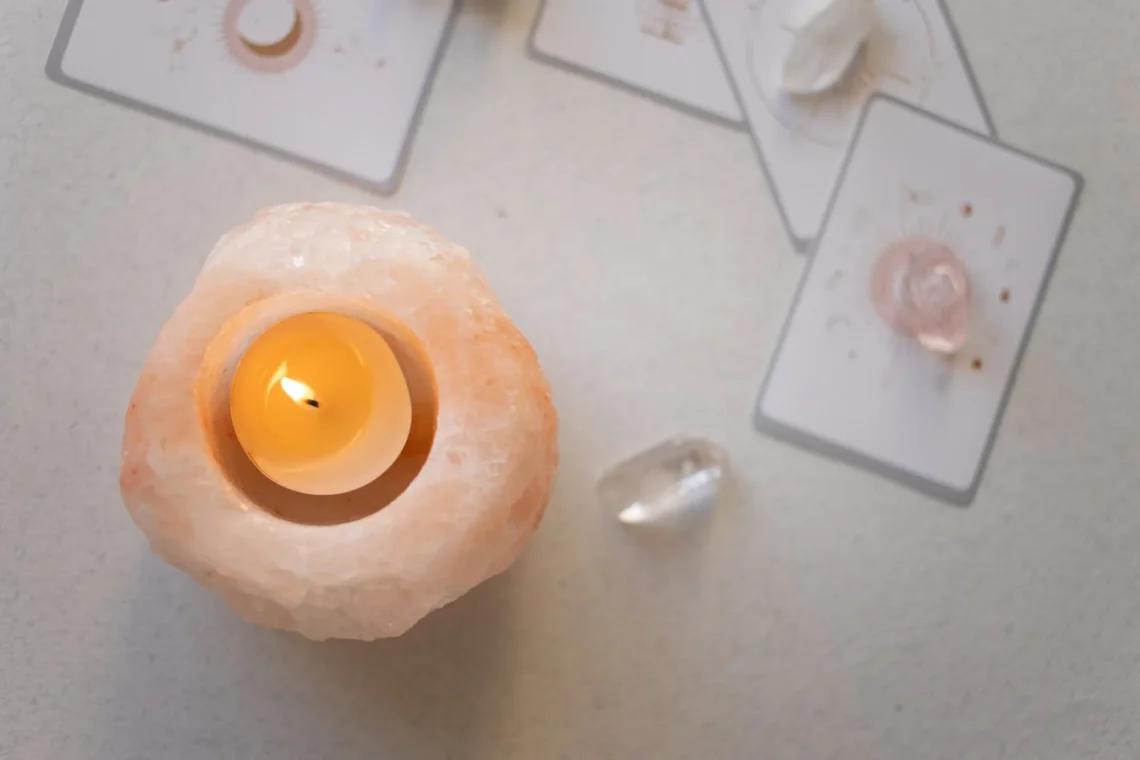
Learning to see Auras
In the realm of metaphysics, auras have long captivated the human imagination. These subtle energy fields surrounding living beings are believed to convey insights into their emotional, mental, and spiritual states. While some dismiss auras as mere pseudoscience, others are eager to explore this fascinating phenomenon. In this article, we delve into the world of auras, discussing their nature, methods to perceive them, and tips for interpreting their colors and meanings.
Understanding Auras
Auras are said to be electromagnetic fields of energy that emanate from all living things, including plants, animals, and humans. These energy fields are believed to contain information about an individual’s physical, emotional, mental, and spiritual well-being. While auras are invisible to the naked eye for most people, there are techniques and practices that can help develop the ability to perceive them.
Methods for Seeing Auras:
Relaxation and Visualization: Achieving a calm state of mind through meditation or deep relaxation techniques can enhance your ability to see auras. Once relaxed, visualize a soft glow or haze around the person or object you are observing.
Soft Gaze Technique: Soften your focus while looking at a person or object, allowing your eyes to slightly defocus. This technique can help you perceive the subtle energy field around them.
Peripheral Vision Exercise: Expand your awareness to include your peripheral vision. Focus on an object while simultaneously being aware of the space around it. This exercise can help you perceive the energy field surrounding the object.
Aura Photography: Utilize specialized aura cameras or smartphone apps that claim to capture and display a person’s aura. These technologies often use biofeedback or electromagnetic sensors to produce visual representations of the aura.
Interpreting Aura Colors
The colors of an aura are believed to correspond to different aspects of a person’s being. While interpretations may vary across cultures and practitioners, here are some commonly associated aura colors:
- Red: Associated with vitality, passion, and physical energy.
- Orange: Linked to creativity, enthusiasm, and joy.
- Yellow: Symbolizes intellect, mental clarity, and optimism.
- Green: Reflects healing, growth, and balance.
- Blue: Signifies calmness, communication, and intuition.
- Purple: Associated with spirituality, intuition, and divine connection.
- White: Represents purity, spiritual enlightenment, and divine consciousness.
Interpreting Aura Meanings
Interpreting the meanings of auras goes beyond colors alone. Factors like brightness, clarity, and shape also contribute to the overall reading. Here are some general guidelines for interpreting aura meanings:
- Bright and vibrant auras indicate energy, vitality, and a positive state of being.
- Dull or murky auras may suggest fatigue, illness, or emotional distress.
- Irregular or scattered auras can indicate a lack of focus or scattered energy.
- Dense or heavy auras may signify emotional or psychological burdens.
- Clear and well-defined auras often represent clarity of purpose and self-awareness.
Conclusion
While perceiving and interpreting auras is a deeply personal and intuitive practice, it is possible for individuals to develop their ability to see these subtle energy fields. With practice, an open mind, and an understanding of the meanings associated with different aura colors, you can embark on a journey of exploring the hidden dimensions of the human experience.



